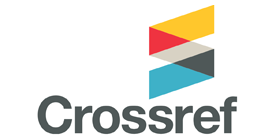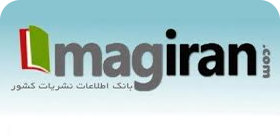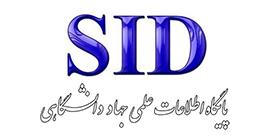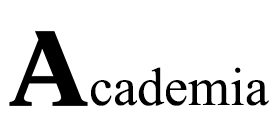Provision of a Knowledge Management Model for the Branches of the Islamic Azad University of West Azerbaijan Province
Keywords:
Knowledge Management, Islamic Azad University, Faculty MembersAbstract
Purpose: this study was conducted aimed to provide a knowledge management model for the branches of the Islamic Azad University of West Azerbaijan Province. Methodology: The present study was applied in terms of aim and quantitatively correlated in terms of implementation method. The study population was 654 faculty members of the Islamic Azad University of West Azerbaijan Province during the academic years 2020-21. The sample size was estimated n = 243 based on Cochran's formula who were selected by cluster sampling method with respect to gender ratio and scientific rank. The data were collected by a researcher-made questionnaire (74 items), content validity of which was confirmed by experts and its reliability was calculated by Cronbach's alpha of 0.90. Exploratory factor analysis and structural equation modeling by SPSS-23 and LISREL-8.8 software were used for data analysis. Findings: The results of factor analysis showed that knowledge management with eight factors of infrastructure and information technology, knowledge management processes, organizational structure and setting, intellectual and innovative capital, human resources and training, knowledge leadership, and organizational management and culture explained 74% of the total variance of knowledge management. The results of structural equation modeling showed that the knowledge management model had a good fit and the eight factors had a direct and significant effect on knowledge management (P <0.05). Conclusion: According to the study results, planning to improve knowledge management through factors o infrastructure and information technology factors, knowledge management processes, organizational structure and setting, intellectual and innovative capital, human resources and training, knowledge leadership, and organizational management and culture is essential. For this purpose, the use of training workshops can be effective.
















